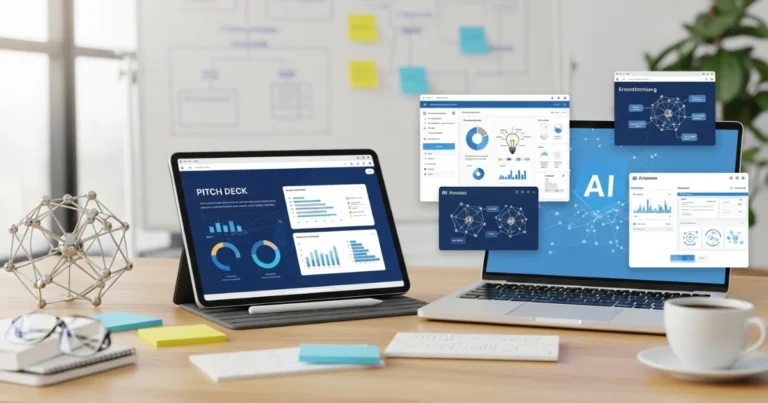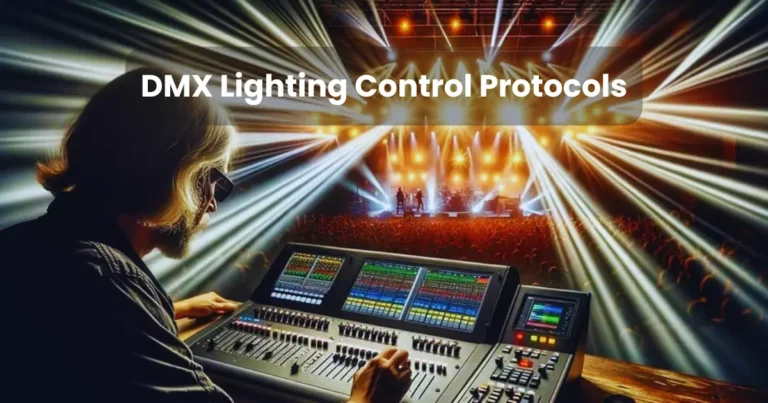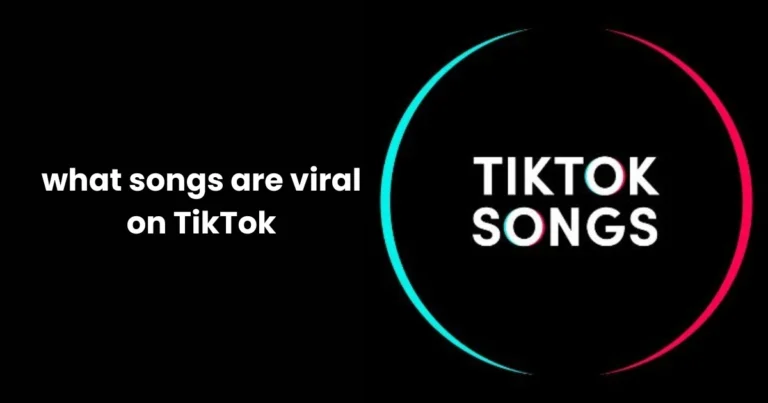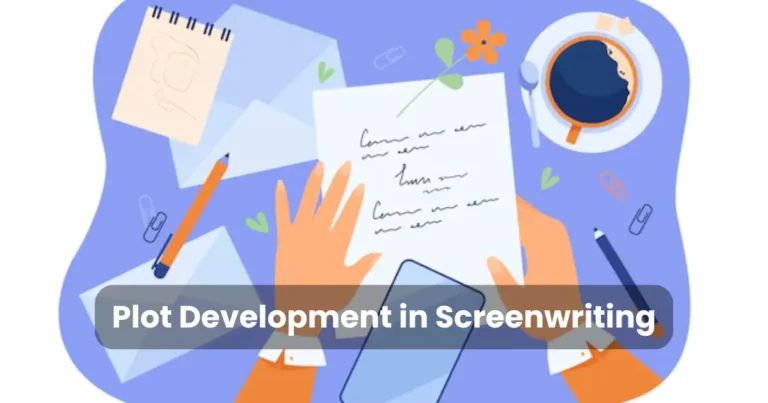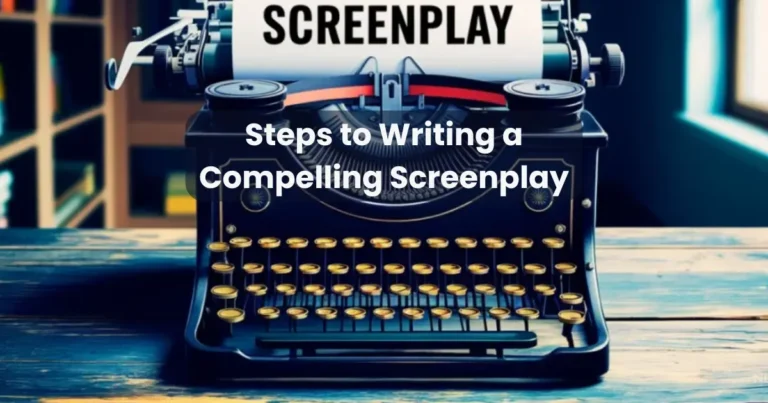How to Use AI Storyboards for Pitching: A Comprehensive Guide
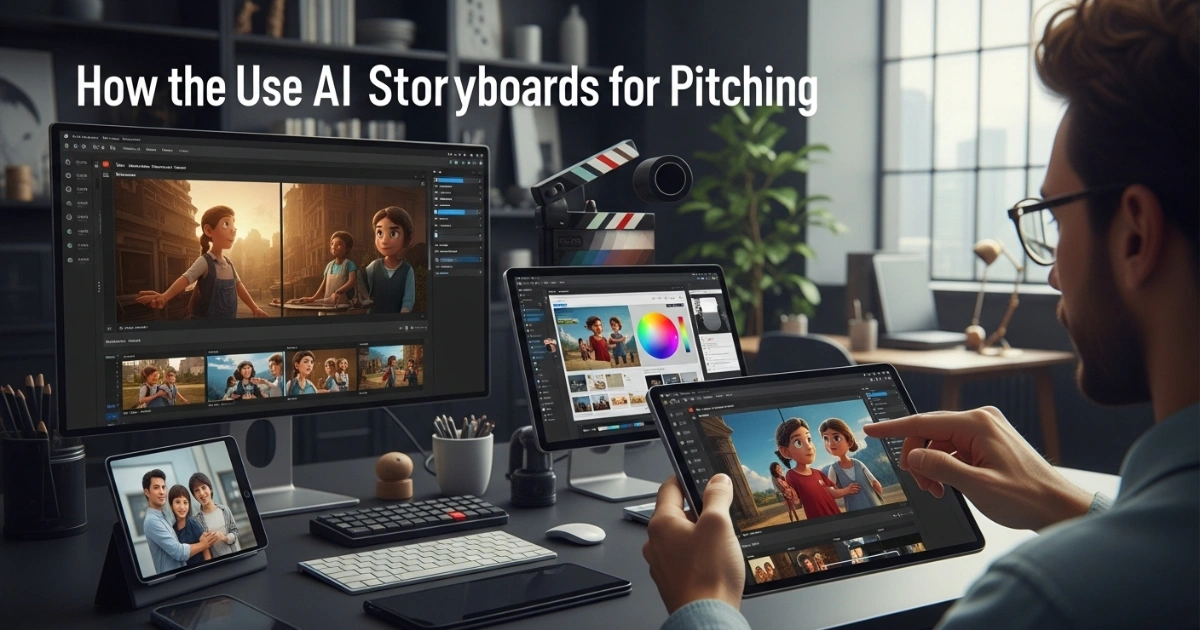
Contents
- 1 What Are AI Storyboards?
- 2 Why Use AI Storyboards for Pitching?
- 3 Step-by-Step Guide: How to Use AI Storyboards for Pitching
- 4 Best Practices for Using AI Storyboards in Pitching
- 5 Common Mistakes to Avoid
- 6 Tools and Resources for AI Storyboarding in 2025
- 7 Real-World Examples of AI Storyboards in Action
In today’s fast-paced, visually driven world, learning how to use AI storyboards for pitching can transform your presentations into compelling narratives that captivate audiences. Whether you’re pitching a startup idea, a creative project, or a marketing campaign, AI-powered storyboards streamline the process, making it easier to craft persuasive and visually engaging pitches. By leveraging artificial intelligence, you can create professional, data-driven visuals in a fraction of the time, ensuring your ideas stand out. This comprehensive guide explores the benefits, tools, and step-by-step strategies to maximize your pitching success using AI storyboards, all while saving you valuable time.
What Are AI Storyboards?
AI storyboards are digital visual frameworks generated by artificial intelligence tools to help structure and present ideas in a clear, engaging format. Unlike traditional storyboards, which require manual sketching or design expertise, AI storyboards use algorithms to automate the creation of visuals, layouts, and even narrative flows. These tools analyze your input—such as scripts, concepts, or data—and produce polished, professional-grade visuals tailored to your pitch.
For example, AI storyboard platforms like MidJourney, Storyboarder.ai, or Canva’s AI features can generate scene layouts, character designs, or infographic-style visuals in minutes. This allows you to focus on refining your message rather than spending hours on design. Additionally, AI storyboards are highly customizable, enabling you to align visuals with your brand’s aesthetic or audience preferences.
By incorporating AI, you not only save time but also ensure consistency and clarity in your pitch. As a result, your audience can better visualize your concept, making it easier to secure buy-in.
Why Use AI Storyboards for Pitching?
Using AI storyboards for pitching offers numerous advantages, especially in 2025, when competition for attention is fiercer than ever. Here’s why you should embrace this technology:

1. Time Efficiency
Creating a storyboard manually can take hours or even days. AI tools, however, can generate a complete storyboard in minutes. For instance, platforms like Runway or Plotagon allow you to input a script and receive a fully realized storyboard in under 10 minutes, saving you maximum time for other tasks.
2. Enhanced Visual Appeal
AI storyboards produce high-quality visuals that rival those of professional designers. These tools use advanced algorithms to create aesthetically pleasing layouts, ensuring your pitch looks polished and professional.
3. Data-Driven Customization
AI platforms analyze audience data or industry trends to suggest visuals that resonate with your target demographic. For example, tools like Visme or Adobe Express can recommend color schemes or imagery based on your audience’s preferences, increasing engagement.
4. Cost-Effective Solution
Hiring a graphic designer or storyboard artist can be expensive. AI tools, on the other hand, offer affordable subscription plans or even free tiers, making them accessible for startups, freelancers, or small businesses.
5. Streamlined Collaboration
Many AI storyboard tools, such as Frame.io or Boords, allow real-time collaboration, enabling your team to refine visuals and narratives simultaneously. This ensures everyone is aligned, reducing revisions and saving time.
By leveraging these benefits, you can create impactful pitches that resonate with investors, clients, or stakeholders, all while optimizing your workflow.
Step-by-Step Guide: How to Use AI Storyboards for Pitching
To help you get started, here’s a detailed, actionable guide on how to use AI storyboards for pitching effectively. Follow these steps to create a compelling pitch that maximizes engagement and clarity.

Step 1: Define Your Pitch Objective
Before diving into AI tools, clarify the purpose of your pitch. Are you seeking funding for a startup? Presenting a marketing campaign? Or pitching a film concept? A clear objective helps the AI generate relevant visuals and ensures your storyboard aligns with your goals.
For example, if you’re pitching a tech startup, your storyboard might focus on data-driven infographics and user journey maps. Conversely, a creative project might emphasize character designs or scene transitions. Clearly outline your key message, target audience, and desired outcome to guide the AI’s output.
Step 2: Choose the Right AI Storyboard Tool
Selecting the appropriate AI tool is critical for creating an effective storyboard. Here are some popular options in 2025, each with unique features:
- MidJourney: Ideal for generating high-quality, artistic visuals for creative pitches.
- Canva AI: Offers user-friendly templates and AI-driven design suggestions for professional presentations.
- Runway: Specializes in video-based storyboards, perfect for dynamic pitches.
- Storyboarder.ai: Focuses on narrative-driven storyboards for film or animation pitches.
- Visme: Great for data-heavy pitches, with AI-powered infographic creation.
Research each tool’s features and pricing to find one that suits your needs. Most platforms offer free trials, so you can test them before committing. For maximum time savings, choose a tool with an intuitive interface and robust AI capabilities.
Step 3: Input Your Content
Once you’ve selected a tool, input your pitch content. This could include a script, key points, or a brief description of your idea. Be specific to ensure the AI generates relevant visuals. For instance, if you’re pitching a product, include details like its features, target market, and unique selling points.
Many AI tools allow you to upload text files or integrate with platforms like Google Docs for seamless content transfer. Additionally, some tools, like Runway, let you input keywords or themes to guide the AI’s creative direction. This step is crucial for tailoring the storyboard to your pitch’s narrative.
Step 4: Customize the AI-Generated Storyboard
After the AI generates your storyboard, customize it to align with your brand and audience. Most tools offer drag-and-drop interfaces to adjust layouts, colors, fonts, or images. For example, you can tweak Canva’s AI-generated templates to match your brand’s color palette or add your logo for a professional touch.
Moreover, ensure the storyboard flows logically. Arrange scenes or slides to follow a clear narrative arc: introduce the problem, present your solution, and highlight the benefits. This structure keeps your audience engaged and makes your pitch more persuasive.
Step 5: Incorporate Data and Visuals
To make your pitch stand out, integrate data-driven visuals like charts, graphs, or infographics. AI tools like Visme or Canva can automatically generate these based on your input data. For instance, if you’re pitching a startup, include a graph showing market growth or user acquisition projections.
Additionally, use visuals to evoke emotion or clarify complex ideas. For example, a storyboard for a film pitch might include character sketches or mood boards, while a business pitch might feature product mockups. These elements make your pitch more memorable and impactful.
Step 6: Refine and Test Your Storyboard
Before presenting, review your storyboard for clarity and coherence. Ensure each frame or slide conveys a single idea and supports your overall narrative. Eliminate any cluttered or irrelevant visuals to maintain focus.
Next, test your storyboard with a small group, such as colleagues or mentors. Gather feedback on the visuals, pacing, and message clarity. Many AI tools, like Frame.io, allow you to share drafts for real-time feedback, streamlining the revision process.
Step 7: Deliver Your Pitch with Confidence
With your AI storyboard complete, it’s time to deliver your pitch. Use the storyboard as a visual guide during your presentation, whether in-person or virtual. Tools like PowerPoint or Prezi can integrate your storyboard for seamless delivery.
Practice your pitch to ensure you’re comfortable with the flow and can address potential questions. The polished visuals from your AI storyboard will boost your confidence, helping you engage your audience effectively.
Best Practices for Using AI Storyboards in Pitching
To maximize the impact of your AI storyboard, follow these best practices:

1. Keep It Simple
Avoid overloading your storyboard with too many visuals or text. Focus on key points and use clean, minimalistic designs to maintain clarity.
2. Align with Your Audience
Tailor your storyboard to your audience’s preferences and expectations. For example, investors may prefer data-driven visuals, while creative directors might appreciate artistic imagery.
3. Use Consistent Branding
Incorporate your brand’s colors, fonts, and logos to create a cohesive look. This builds trust and professionalism.
4. Leverage AI Analytics
Some AI tools provide analytics on audience engagement, such as which visuals resonate most. Use these insights to refine future pitches.
5. Stay Updated on AI Trends
AI technology evolves rapidly. Stay informed about new tools and features in 2025 to ensure you’re using the latest advancements for maximum time efficiency.
Common Mistakes to Avoid
While AI storyboards are powerful, certain pitfalls can undermine their effectiveness. Here’s what to avoid:
1. Over-Reliance on AI
AI tools are aids, not replacements for creativity. Always review and refine the AI’s output to ensure it aligns with your vision.
2. Ignoring Audience Feedback
Failing to test your storyboard with others can lead to missed opportunities for improvement. Always seek external input.
3. Cluttered Designs
Too many visuals or text can overwhelm your audience. Stick to a clear, concise layout.
4. Neglecting Narrative Flow
A disjointed storyboard can confuse your audience. Ensure each frame builds on the previous one to create a cohesive story.
Tools and Resources for AI Storyboarding in 2025
To help you get started, here’s a curated list of AI storyboard tools and resources:

- MidJourney: Generates stunning visuals for creative pitches. Best for artistic projects.
- Canva AI: Offers templates and AI-driven design suggestions for business pitches.
- Runway: Specializes in video and animation storyboards for dynamic presentations.
- Visme: Ideal for data-driven pitches with infographic capabilities.
- Frame.io: Enables real-time collaboration and feedback for team projects.
- Storyboarder.ai: Focuses on narrative-driven storyboards for film and animation.
Additionally, explore online communities like X or Reddit for tips on using AI tools effectively. Search for hashtags like #AIStoryboarding or #PitchingTips to stay updated on the latest trends.
Real-World Examples of AI Storyboards in Action
To illustrate the power of AI storyboards, consider these real-world scenarios:

1. Startup Pitch
A tech startup used Canva AI to create a storyboard showcasing their app’s user journey. By incorporating AI-generated infographics and mockups, they secured $500,000 in funding from investors impressed by the clear, professional visuals.
2. Film Pitch
A filmmaker used Storyboarder.ai to create a storyboard for a sci-fi short film. The AI-generated character designs and scene transitions helped them pitch successfully to a production company, saving weeks of manual design work.
3. Marketing Campaign
A marketing team used Visme to create a storyboard for a social media campaign. The AI’s data-driven visuals highlighted audience demographics, leading to a 20% increase in campaign engagement.
These examples demonstrate how AI storyboards can elevate pitches across industries, saving maximum time while delivering professional results.
Conclusion
Mastering how to use AI storyboards for pitching empowers you to create compelling, visually stunning presentations that captivate your audience. By leveraging AI tools, you can streamline the design process, enhance visual appeal, and tailor your pitch to your audience’s needs—all while saving maximum time. Whether you’re pitching a startup, a creative project, or a marketing campaign, AI storyboards offer a cost-effective, efficient solution to stand out in 2025’s competitive landscape.
Start by defining your pitch objective, choosing the right AI tool, and following the step-by-step guide outlined above. With practice and the right tools, you’ll be crafting persuasive pitches that leave a lasting impression. So, dive into AI storyboarding today and take your pitching game to the next level!

